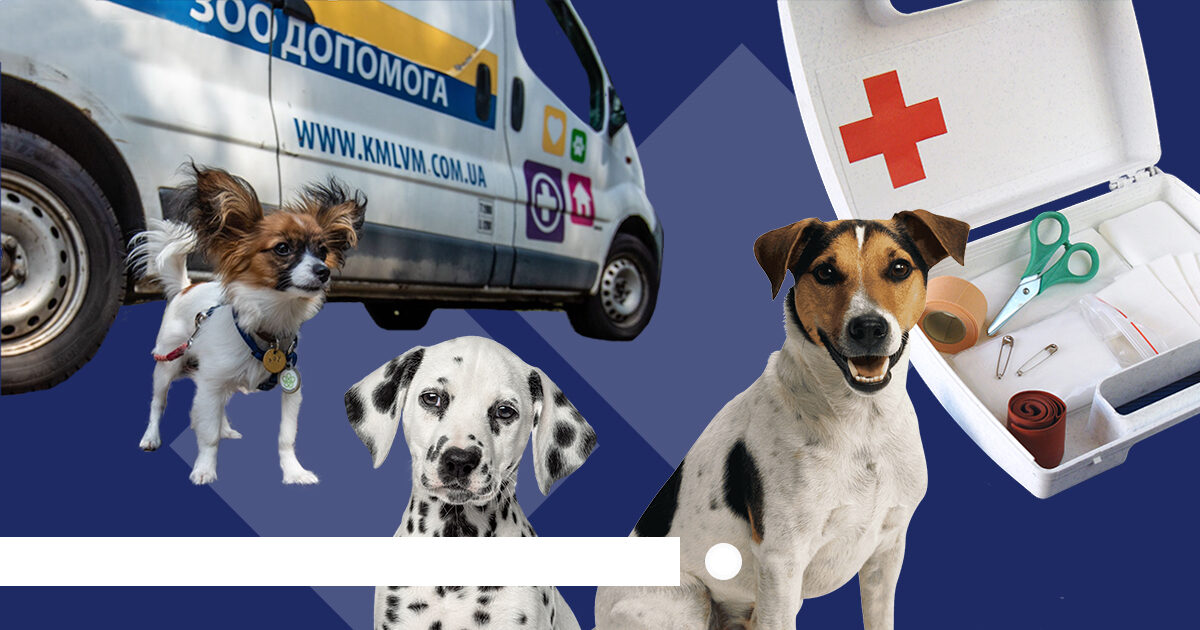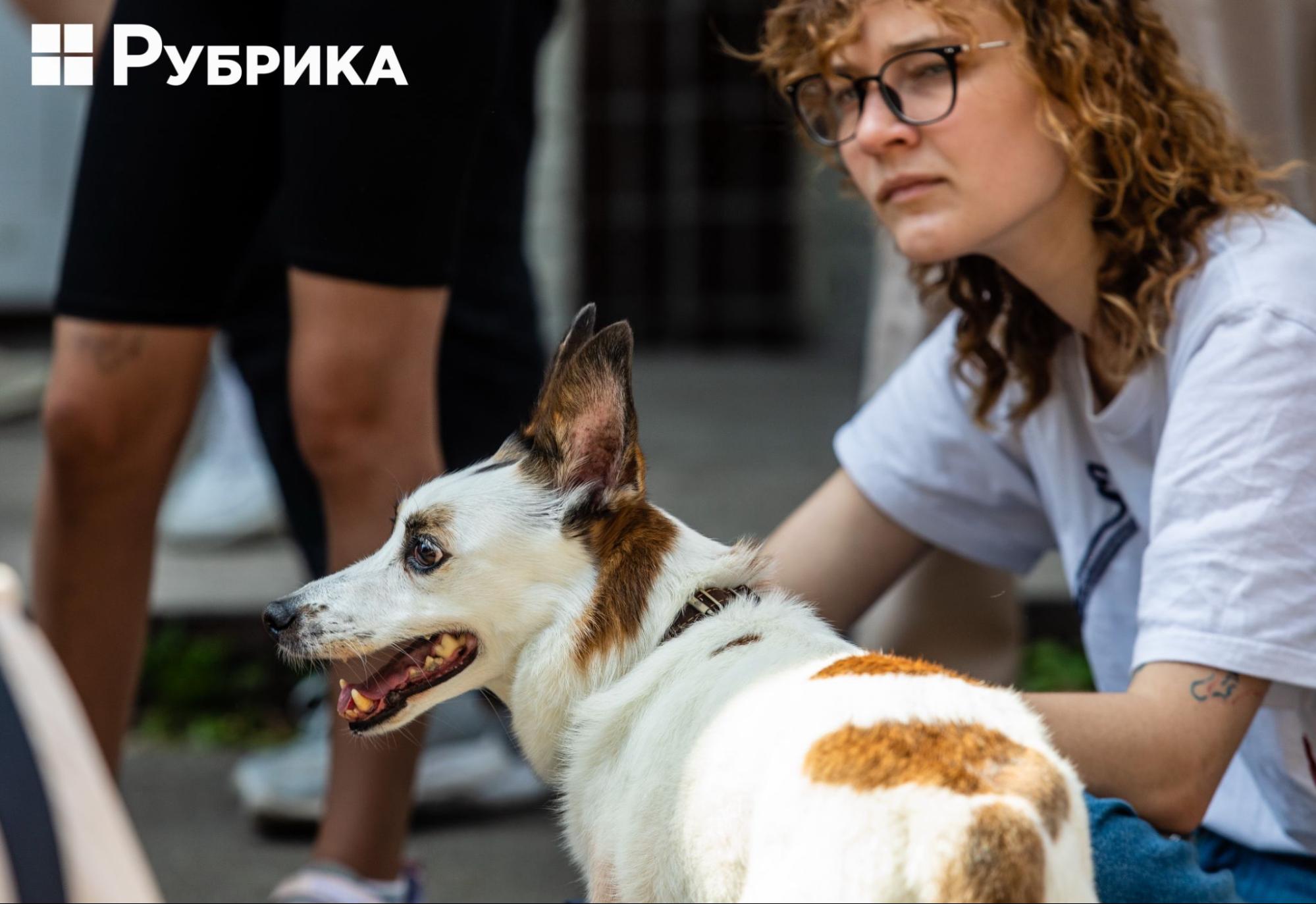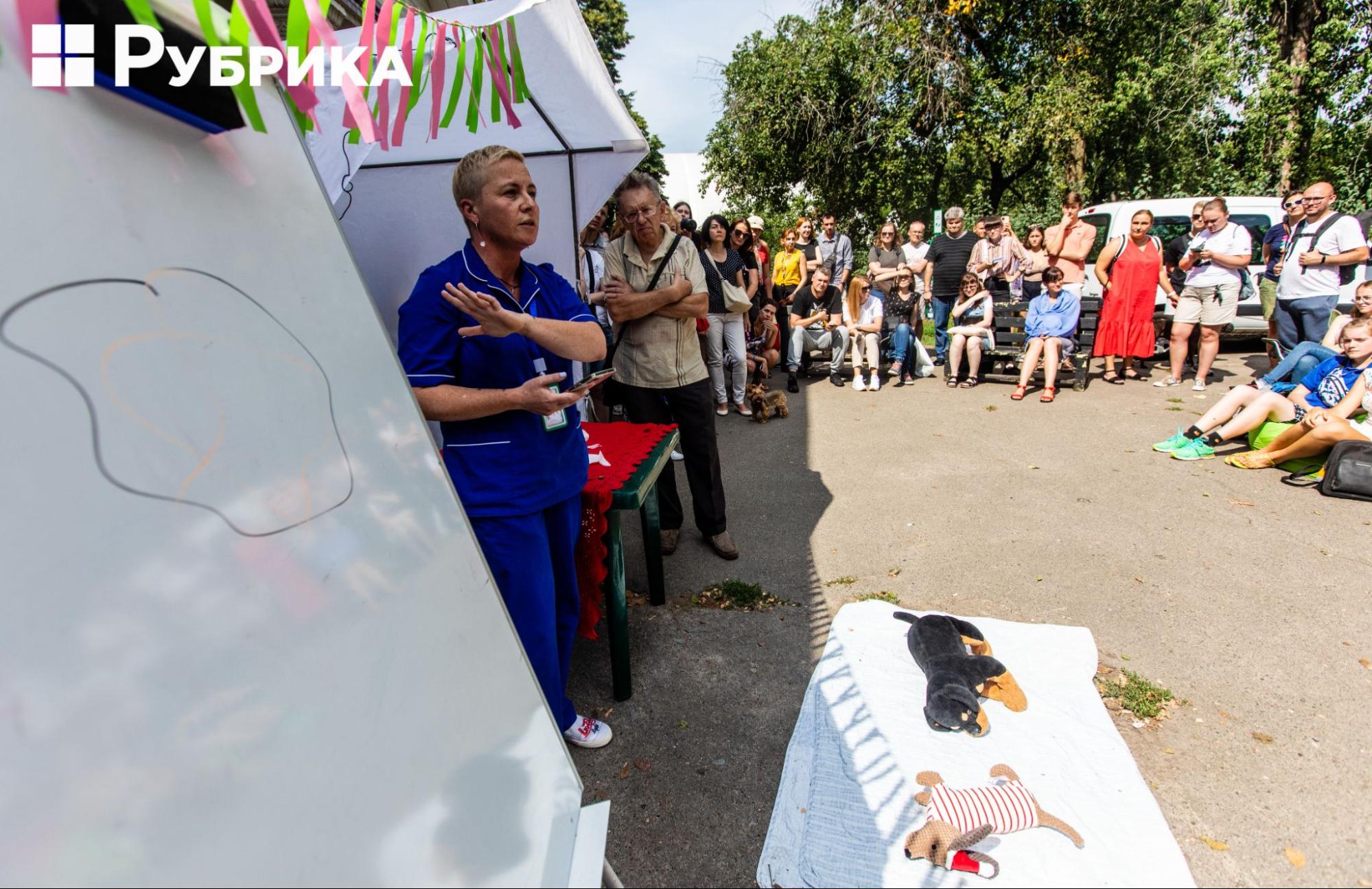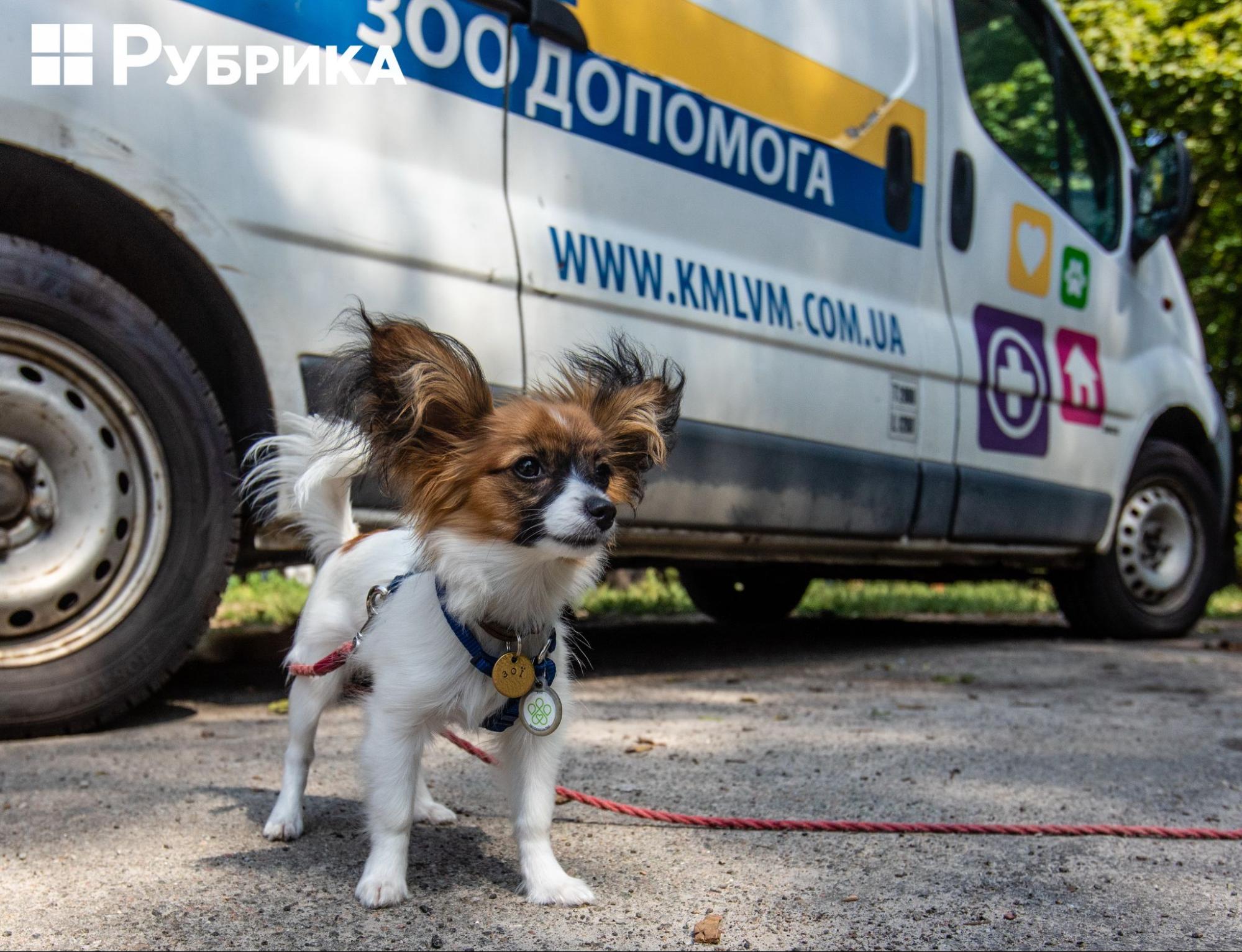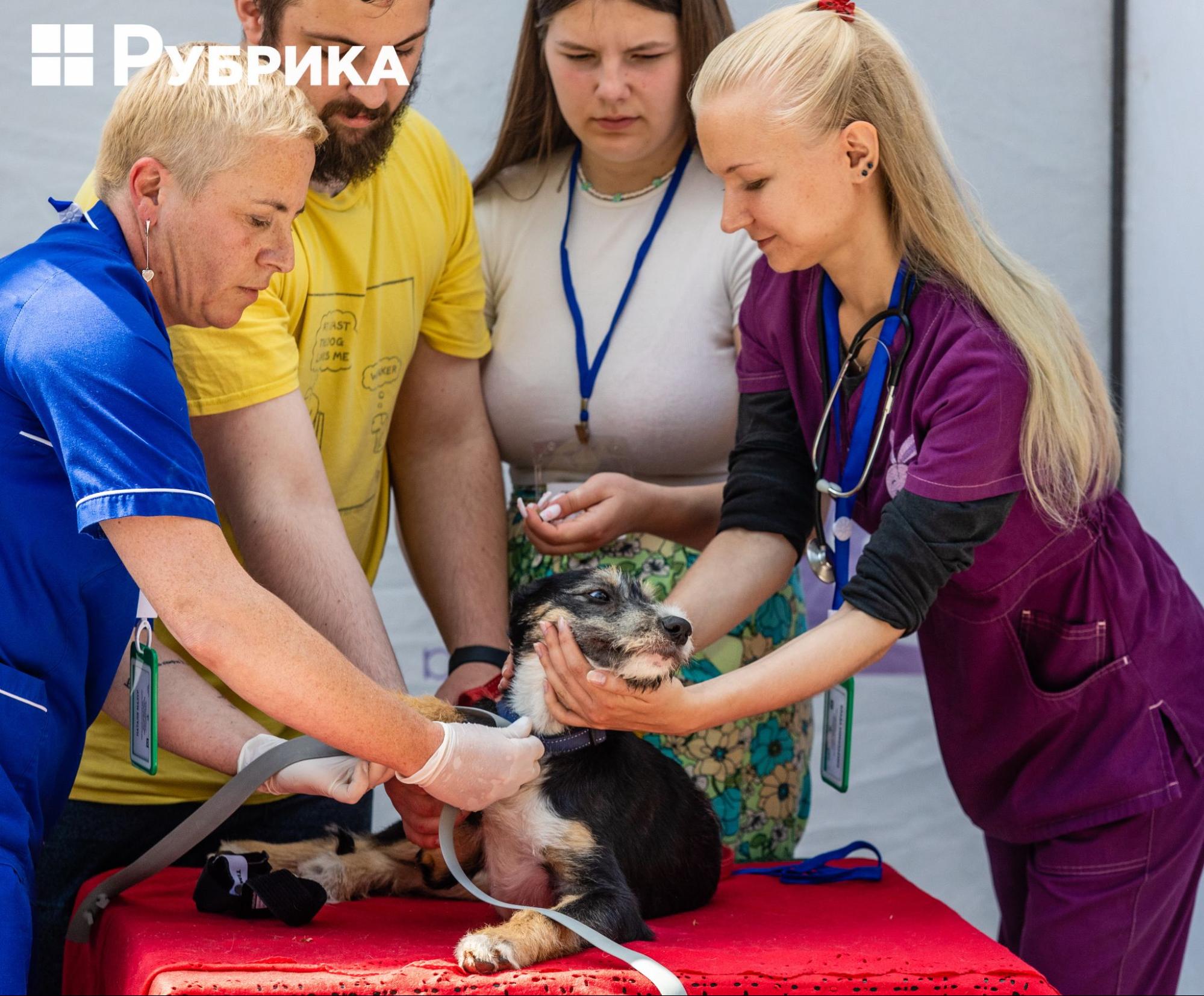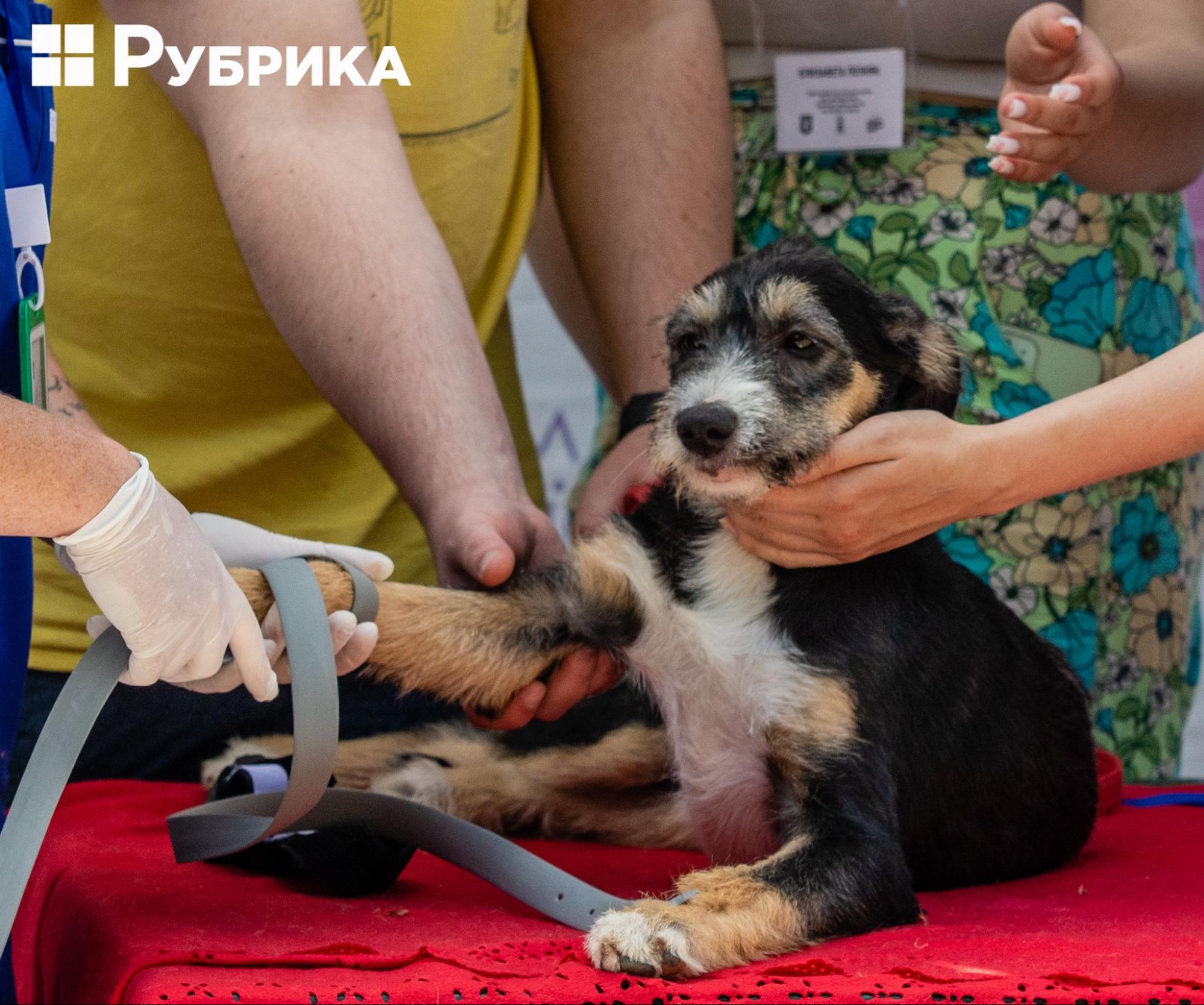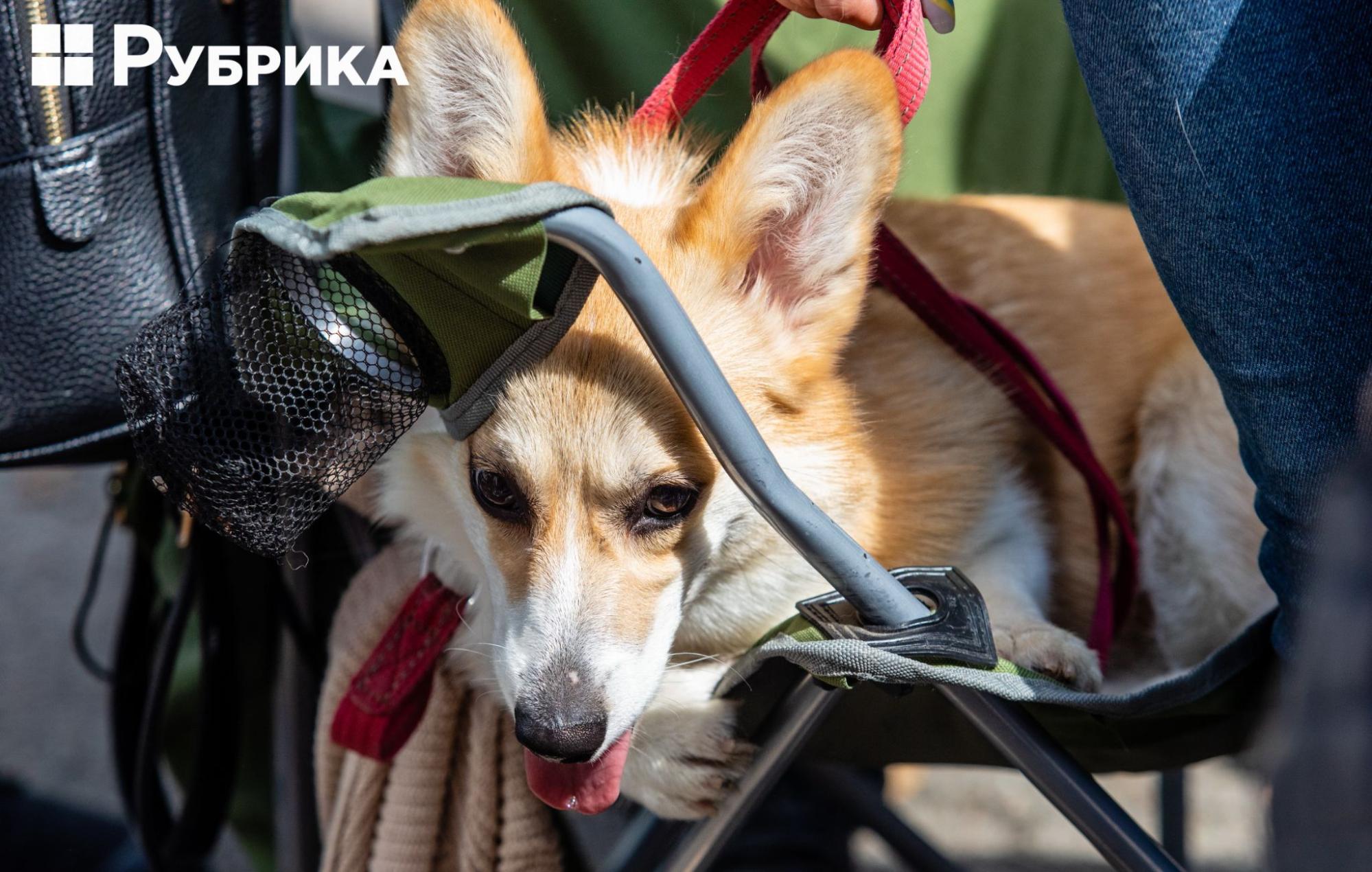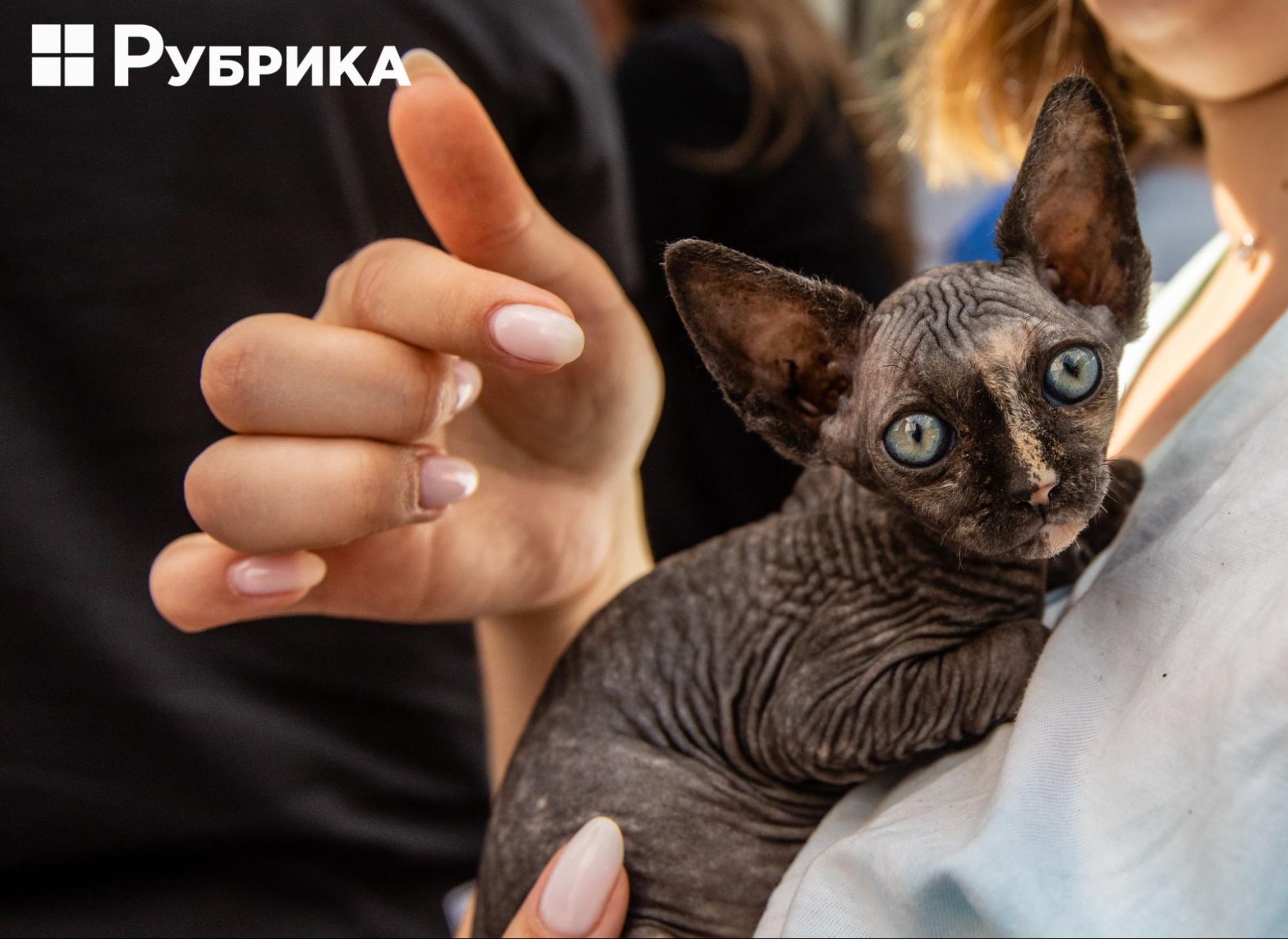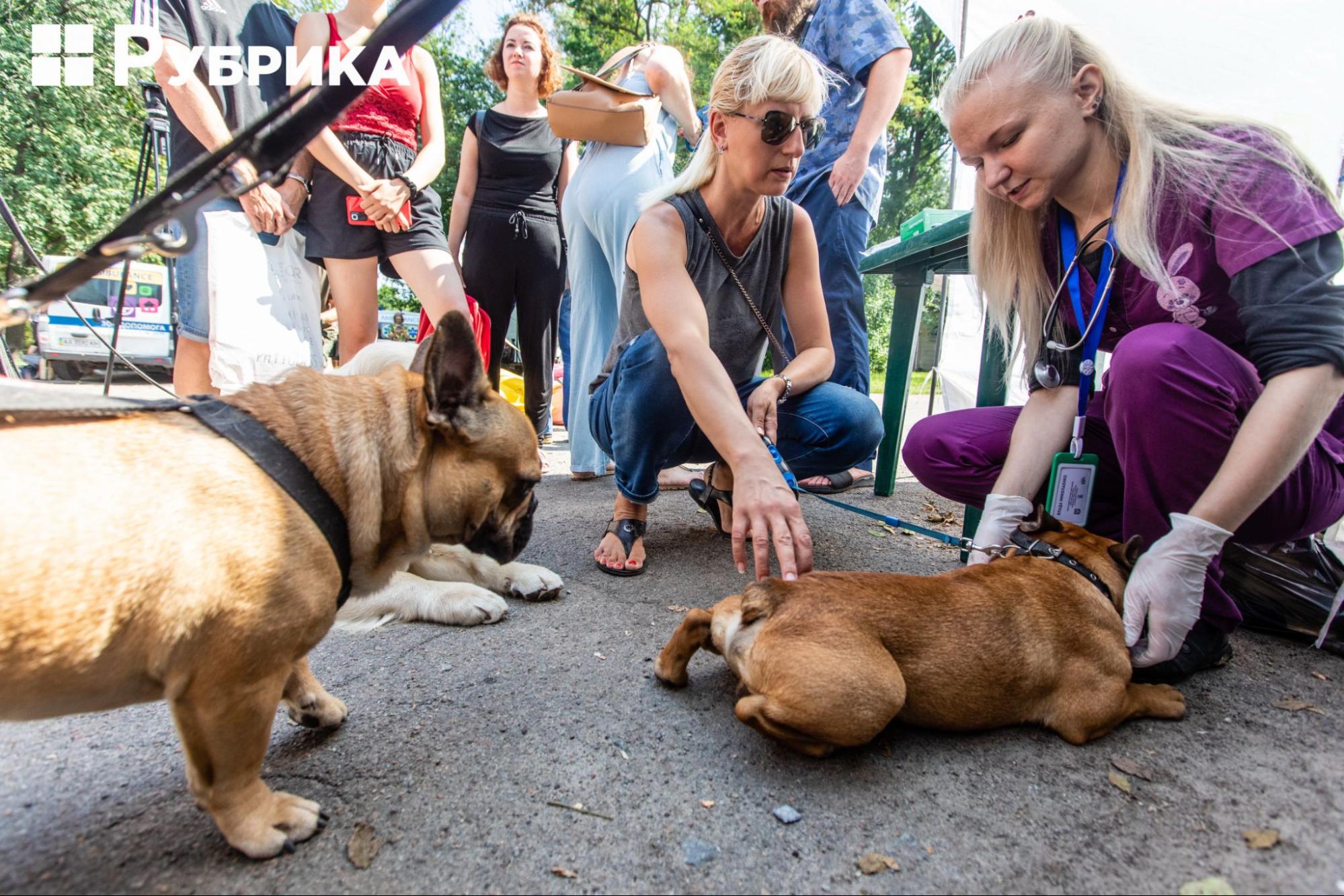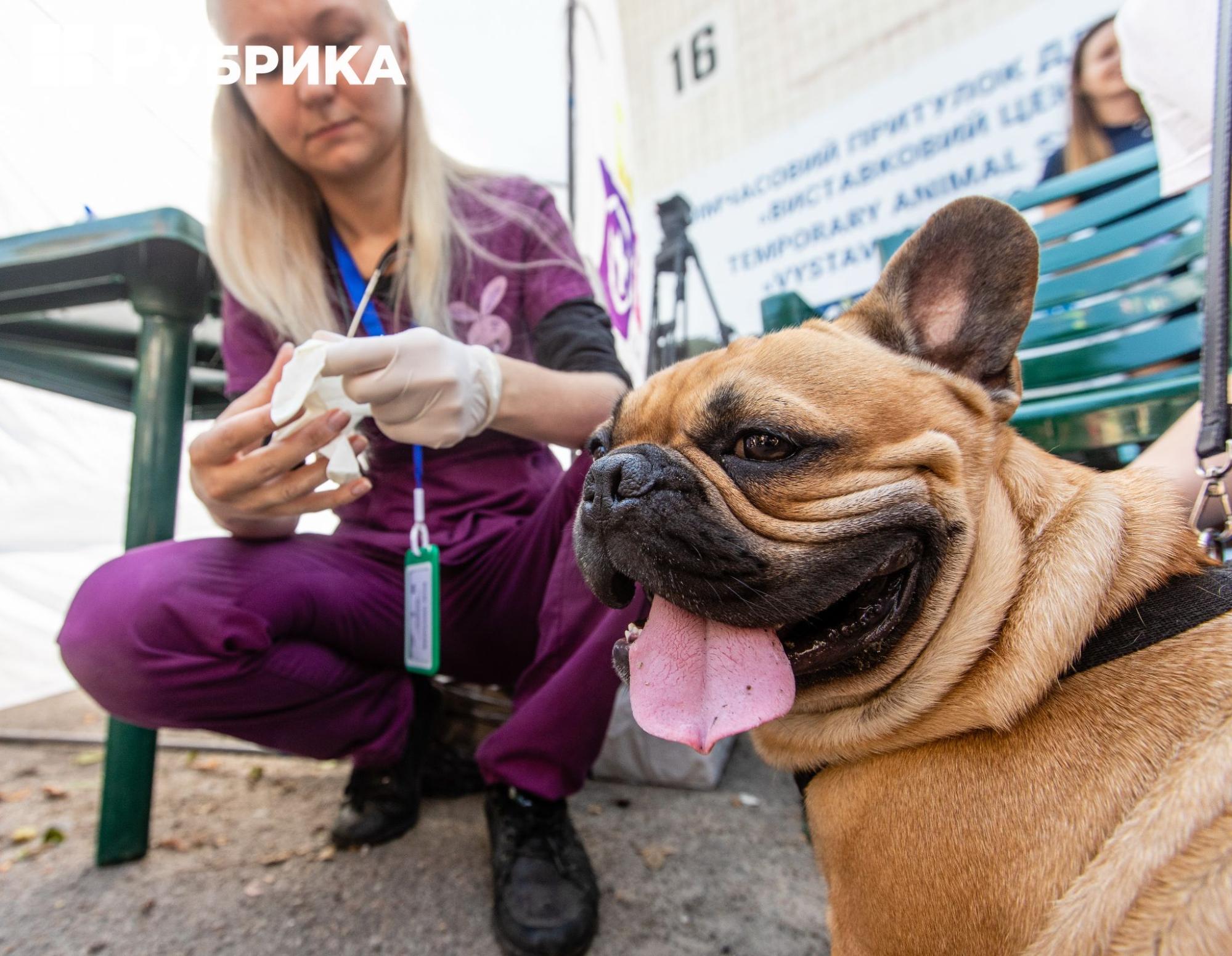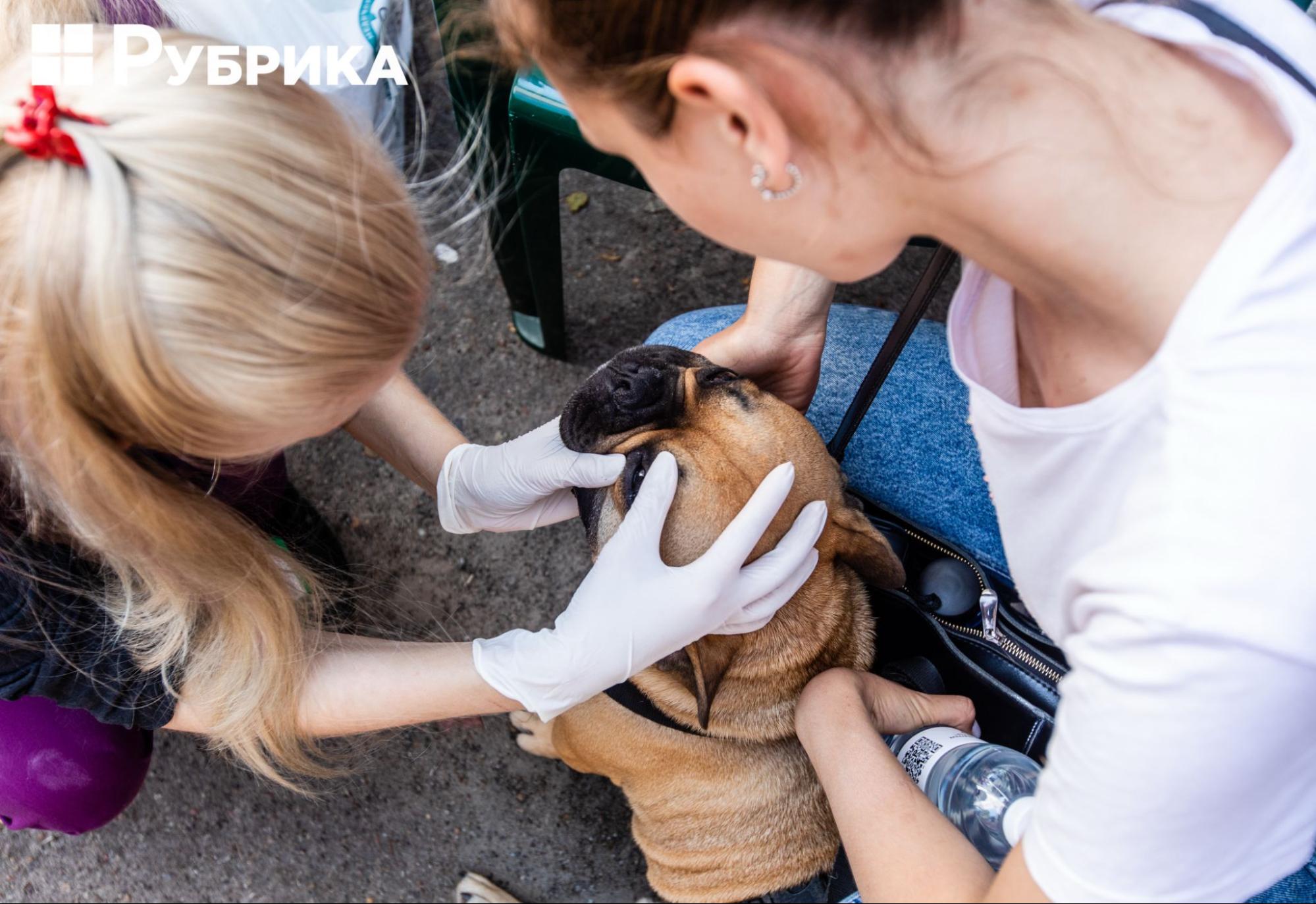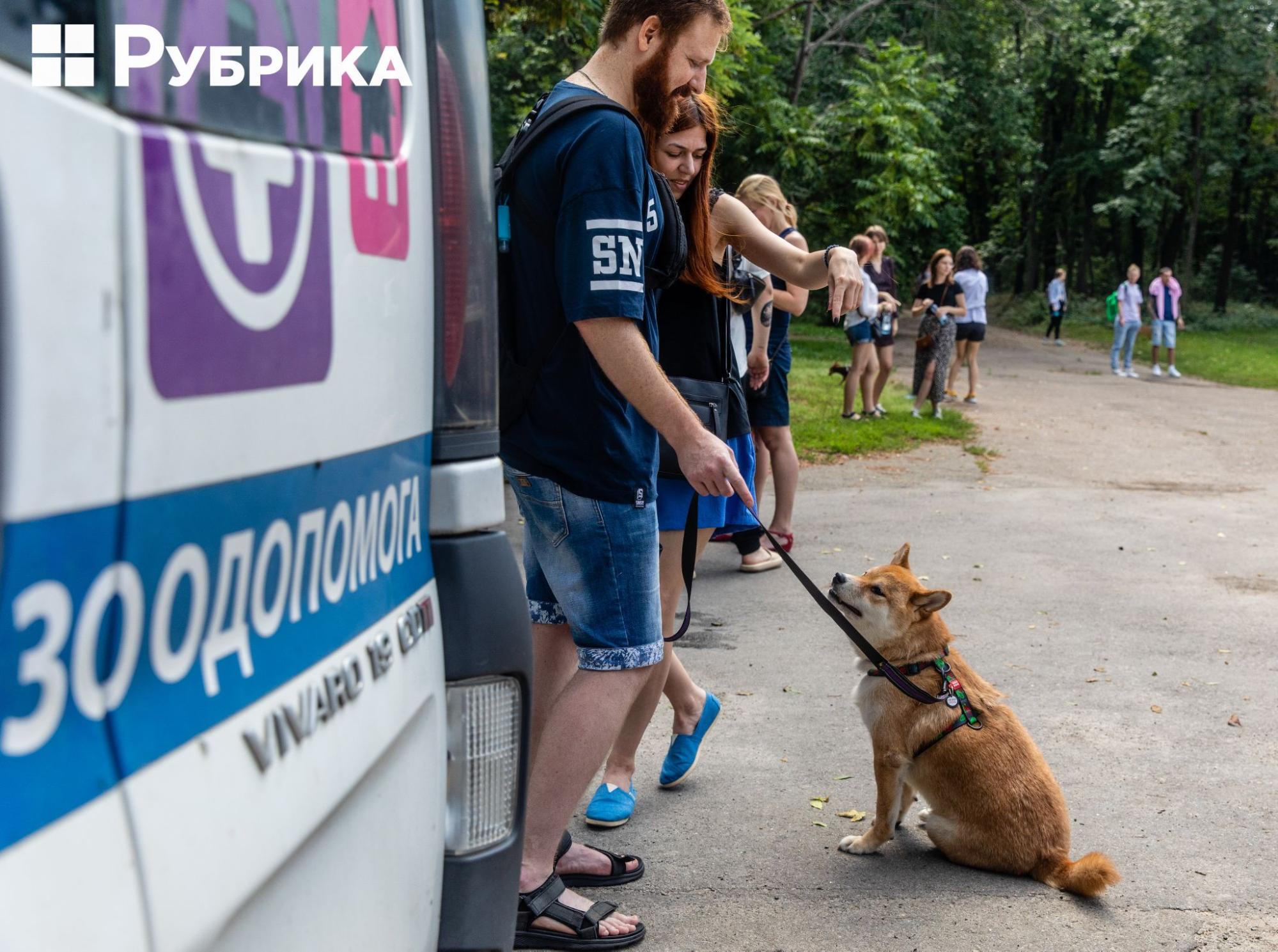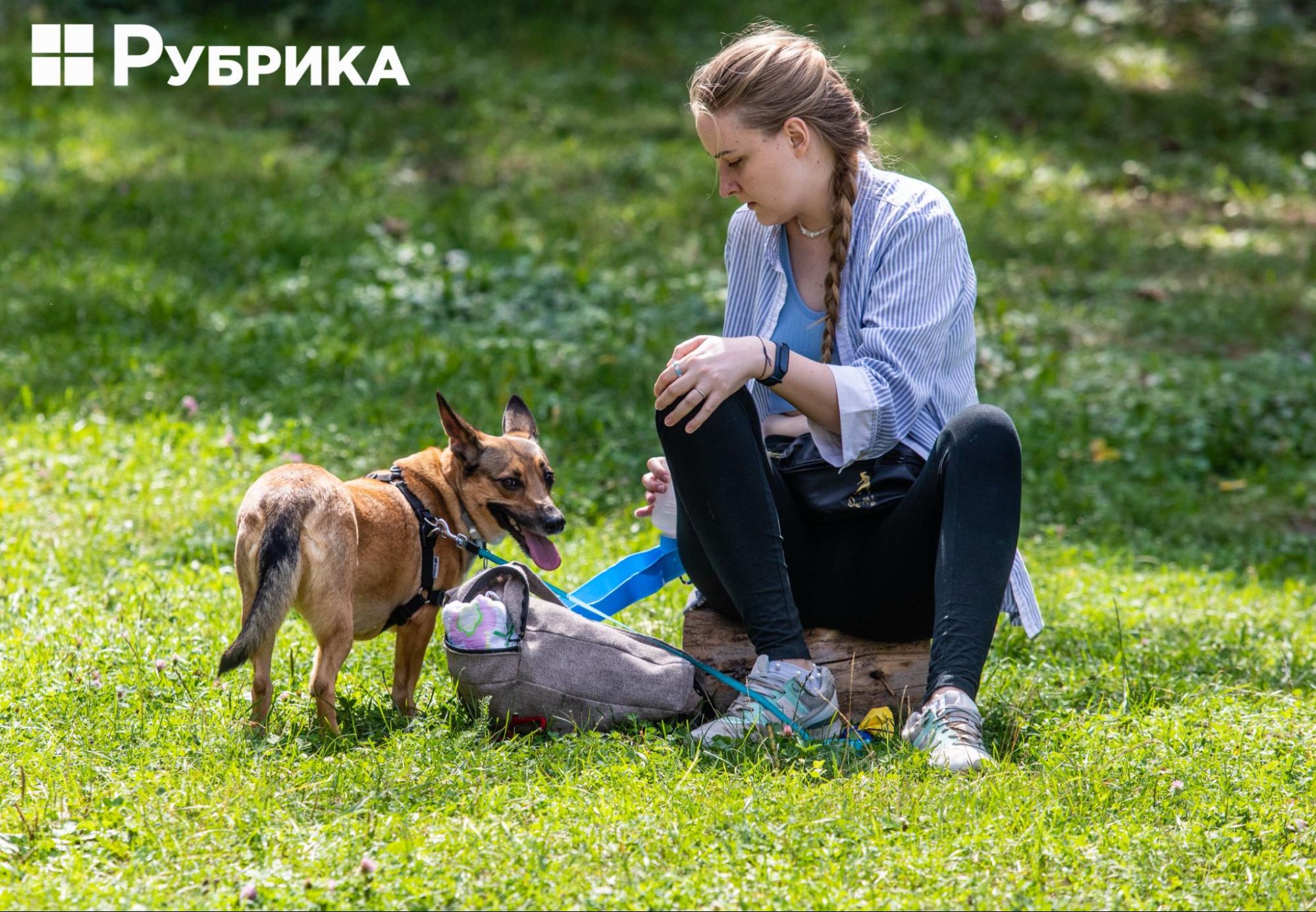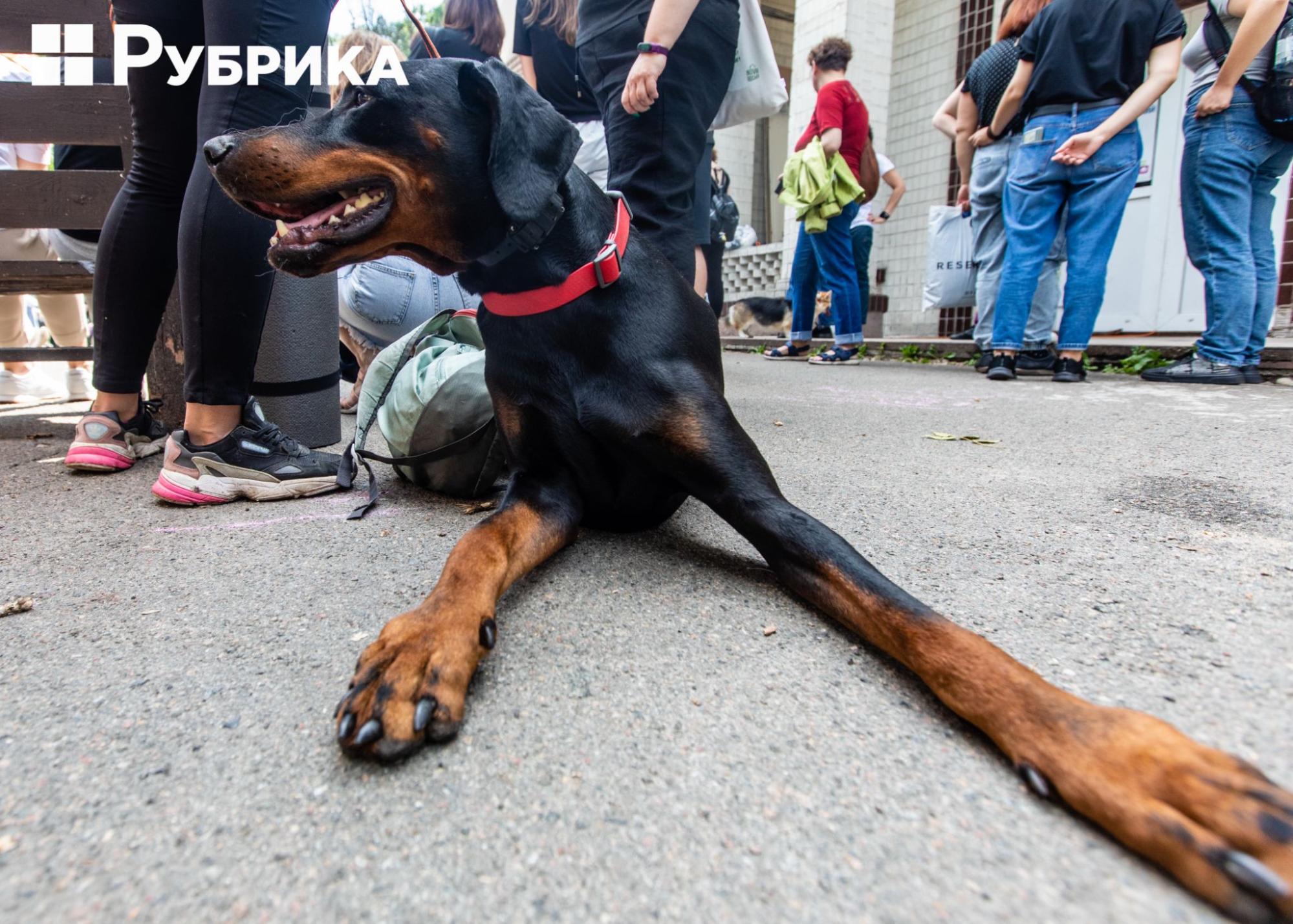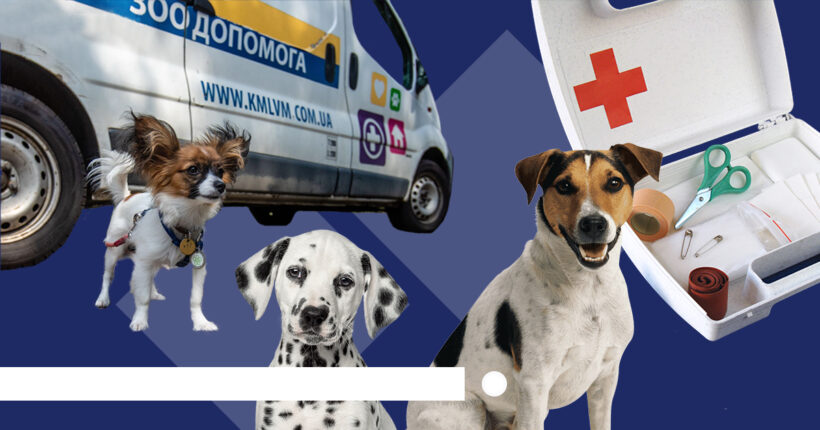
What is the problem?
Animals traumatized by war
Today, knowing how to provide pre-medical assistance is not just a helpful skill but a vital function for every Ukrainian. Unfortunately, not only people but also animals suffer from russia's war in Ukraine. Hundreds of veterinarians and volunteers rescue injured and frightened animals in the war zone, but they do not always happen to be near an injured dog or cat, and often every minute counts. Even in peaceful Ukrainian cities, ordinary citizens knowing how to provide first aid to an animal that is sick, poisoned, or injured can often save its life.
What is the solution?
Learn to provide first aid
There's a solution—first, don't despair if your friend is in trouble. Learn first aid for animals. Practicing veterinarians are ready to help everyone who wants to get the necessary knowledge. For example, in August, the Exhibition Center temporary shelter for animals held a training session on providing first aid to animals. At the event, the specialists of Kyiv City Hospital of Veterinary Medicine taught those willing to provide first aid to animals in non-standard situations. However, only Kyiv residents could get there. What should those who live far from the capital do?
Rubryka asked the veterinary surgeon Yulia Liubeznikova, who practices in Kyiv, about all the tricks of first aid for animals. Bookmark this article—you have to be prepared for anything in wartime. The tips collected and presented below will be helpful to caring owners and everyone who cares about our little brothers.
How does it work?
First, we stress that all the following tips refer to the first pre-medical aid. According to Yulia Liubeznikova, long-term self-treatment can lead to severe consequences and even the death of animals. The best thing you can do for your pet in a life-threatening emergency is to call a doctor you trust to get an appointment as soon as possible. Also, many veterinarians of various specialties have united and provided free online consultations.
But suppose there's no such opportunity to turn to the doctor, and you need to provide help on your own. In that case, you should observe personal safety measures because many diseases are anthropozoonoses, that is, common to humans and animals. During painful procedures, animals may react aggressively and bite their savior in self-defense.
The expert advises:
- carry out manipulations properly taking hold of animals;
- put on a muzzle or something that can protect you from the teeth of the patient;
- think over the algorithm of actions in advance;
- make sure you have everything for first aid;
- wear protective gloves;
- be consistent and calm, and avoid sudden movements and noise.
First aid for wounds:
- Clean the injury from dirt and hair using alcohol-free antiseptics (for example, chlorhexidine);
- apply a napkin and a bandage;
- consult a doctor.
If the wound is fresh, the animal will most likely experience bleeding.
First aid for bleeding:
Medicine distinguishes capillary, venous, and arterial bleeding.
Accordingly, you can stop capillary and minor venous bleeding with a hydrogen peroxide moistened bandage. You can use cold, which will shrink the small vessels at the wound.
- The tourniquet is used for venous and arterial bleeding (extremities and tail) 2-3 cm above the wound.
- You can ensure that you did everything right by the intensity of bleeding after applying the tourniquet. If it is correct, the bleeding has stopped.
- As a tourniquet, you can use thin rubber hoses, a tube from an IV system, a flap of fabric, etc.
- In the warm season, we leave the tourniquet for 1.5 hours; in the cold, it stays on for no more than 1 hour. If you don't meet the time limits for applying the tourniquet, lower the tourniquet for 3-5 minutes and use it again. Take the animal to the doctor as soon as possible.
- If nothing at hand could serve as a tourniquet, just press (through a napkin or cloth) with your fingers on the vessel, pinching it, and quickly take the animal to the hospital.
First aid for injuries/fractures/wounds:
- In this case, a stretcher or something hard (according to the animal's size) is needed.
- Put the animal on a stretcher, cover it with a blanket/towel and get it to the doctor quickly.
- Do not try to fix fractures yourself. Fixing them with splints and removing debris/bullets from wounds are very painful and can lead to even more trauma to the surrounding tissues.
- Please do not feed or give water to the animal because it is most likely to be anesthetized.
First aid for poisoning:
- First, make sure that it is poisoning.
- If you saw the animal eat something inedible or unsuitable for food and no more than 30-40 minutes have passed, it is necessary to induce vomiting.
- If the animal is conscious, you can use ordinary table salt or hydrogen peroxide dissolved 1:1 with water (1-2 g or ml). Caution! Make sure that the animal does not inhale the solution or salt.
- Absorbents are also used: at the rate of 1 tablet per 1 kg of weight—activated carbon, Enterosgel, Atoxyl, etc.
Did the dog or cat crush the first aid kit or eat some chemicals at home? It also happens. Remember the name of the substance and provide the information to the doctor.
First aid for heat stroke and burns:
- Put the animal in a cool place, and give it water.
- Wet the coat with warm water (do not cover it with ice! The blood vessels will narrow from the cold, slowing the heat transfer).
- If possible, call the doctor.
In case of burns, wash the damaged area with cold water for 3-5 minutes, put a napkin with a saline solution on it, and consult a doctor. Do not use ointments and creams.
First aid for hypothermia/frostbite:
- Move the animal to a warm place, cover it with a blanket and gradually warm it up.
- You can use heating pads, but only through a blanket.
- Avoid rubbing, as you can easily damage frostbitten skin, especially in areas without fur.
- If possible, show the animal to a veterinarian.
First aid for an electric shock:
Do not approach the source of high voltage! De-energize the object if you can. Push the animal away with a long dry wooden (not metal!!!) stick. If you can and need, perform artificial respiration. See a doctor immediately!
First aid for drowning:
Pull the animal out of the water, holding the hind limbs up, and wipe the nose and mouth. Give artificial respiration if you can and need it. Hurry to the doctor!
First aid for insect bites:
- Most often, bites fall on the nose, cheeks, and tongue. The swelling can be significant. It is necessary to act quickly. Get ready and don't delay.
- It is necessary to give the animal an antihistamine drug, and it is better to give an injection.
- Cetrin, Loratadine, Erius, Suprastin—5-10 mg/kg and contact the doctor as soon as possible regarding the examination and the need to use other drugs.
Have we got it?
Analyzing the above, everyone with an animal should ensure that the necessary drugs and means for animal first aid are at hand. So let's create a first aid kit and put it there:
- Cotton wool, bandage, gauze napkins.
- Tourniquet.
- Hydrogen peroxide, chlorhexidine solution, betadine.
- Activated carbon, Atoxyl, Enterosgel.
- Antihistamines (Cetrin, Loratadine, Suprastin) as tablets, syrups, and injections.
- Syringes 2,5,10 ml.
- Saline solution (0.9% sodium chloride).
- Scissors, tweezers, elastic self-adhesive bandages.
- It is advisable to have a protective collar according to the size of your animal.
By treating or providing first aid, you assume responsibility for the life and health of the animal. Make sure your actions are safe by contacting your veterinarian.
You must provide help in a safe place. Take care of this so that someone does not have to help you later. When rescuing an animal, do not risk your life and health.
Even more helpful solutions!
In summarizing, Yulia Liubeznikova says you shouldn't forget about the mandatory vaccination of your animal. Vaccinate animals once a year, starting at 1.5-2 months, against infectious diseases and rabies (beginning at three months of age). Carry out prophylactic deworming according to the conditions as prescribed by a doctor. Treat animals for external parasites.
Take care of yourself, your families, and your animals! For health and victory!
The article uses photos Rubryka took at the Providing First Aid To Animals training at the Exhibition Center's temporary shelter for animals.
Newsletter
Digest of the most interesting news: just about the main thing



